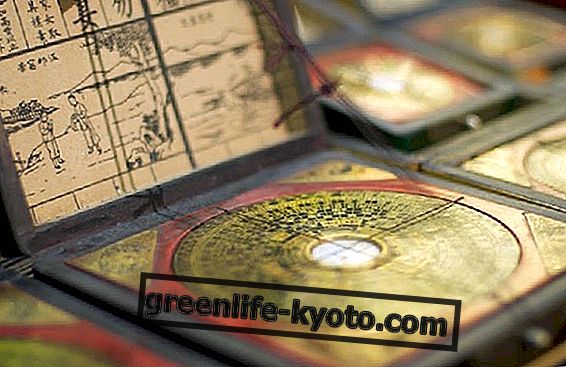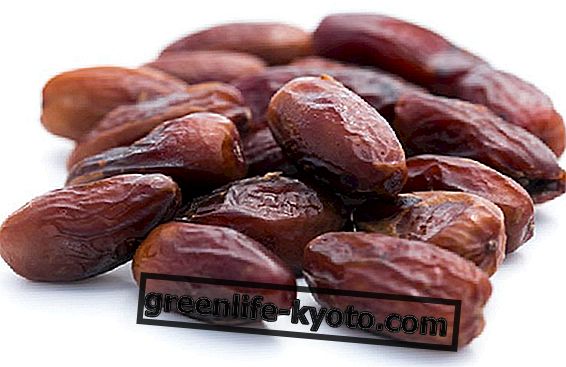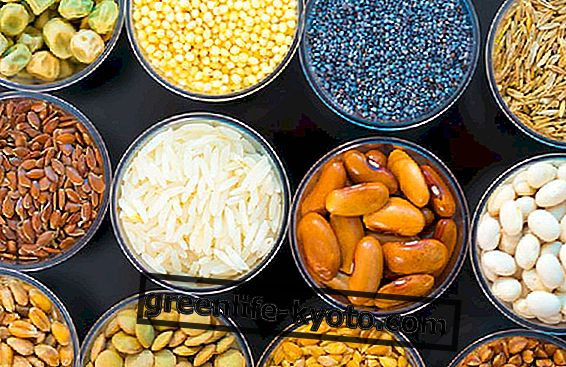
To give our body a balanced supply of nutrients, such as vitamins, minerals, enzymes and other important elements, we should constantly include in our diet a large percentage of raw green vegetables, something very difficult to contemplate in the hectic daily life, which many times it forces you to fall back on fleeting sandwiches or in any case, for reasons of "security", on cooked vegetables that in this way lose a very large part of their nutritional value.
But even if we succeeded, we need to consider that both fruit and vegetables of today, due to the impoverishment of the soil, the prolonged transport and storage times, as well as the "casual" use of chemistry, have been slowly depleted of the own vital substances : apples contain only 20% of vitamin C compared to twenty years ago, the same is true for beta-carotene in fennel, only a fifth, calcium in broccoli, only a third, and so on.
Because of this sum of negative factors, to which must be added in many cases an excessive consumption of meat, our metabolism often finds itself having to "work" in a context of acidity, a condition that makes the development of many diseases more likely typical of our times.
The discovery of the properties of barley grass
The discovery of the immense nutritional value of barley grass is due to a Japanese scientist, Yoshihide Hagiwara (a graduate in both medicine and pharmacy), who since the 1970s - aware that the nutrients produced in the laboratory they can never replace the more complex and complex ones of nature - began to analyze the properties of more than 200 plants, to understand which from the nutritional point of view could be the most beneficial.
After years of analysis, he published his own research at an international level which highlighted the richest and most complete source of nutrients in nature in young and green barley grass seedlings. Only one problem remained: "How to make it available for everyone?" The solution was to invent a "spray dry" technology - which also won the prestigious international "Science and Technology Agency Award" in 1987 - capable of pulverizing, in just a few seconds, the juice obtained from young and green sheets of barley, without losing, in any way, properties and nutritional qualities.
Thanks to this process the pulverized barley grass, a true distillate of vital chlorophyll, has become a product known throughout the world under the name of "Green Magma". Today the dehydrated barley grass, "Green Magma", is cultivated, in a completely organic way, in the hilly areas of California, on soils rich in minerals. Irrigated with pure water and collected only at the height of its growth, it is processed on the spot and dehydrated in a very short time .
The chemical analyzes performed by Dr. Hagiwara, initially in Japan and then in the USA at the University of Medicine in Davis (California), where he taught for years, have highlighted the extraordinary nature of this plant. Barley grass has twice the calcium content in milk, twice the potassium content of wheat, 7 times the vitamin C contained in oranges, 30 times the vitamin B complex contained in milk, 5 times the iron of spinach, more than 70 enzymes, including the now known antioxidant SOD (superoxide-dismutase), one of the secrets, now revealed, of the eternal youth of Hollywood stars and many Olympic athletes.
The dehydrated juice of organic barley leaves - to drink it just put in a shaker a tablespoon of green powder and mix with a glass of water - it is the easy to use solution, which allows you to benefit from all the intact properties of a juice of freshly pressed barley grass.
The analyzes carried out on Green Magma confirmed, in addition to the chlorophyll base , the presence of the following nutrients, listed on the label: complex carbohydrates, vitamin A, B1, B2, B3, B6, B12, C, E, K, biotin, choline, folic acid, pantothenic acid, 19 amino acids (including all 8 essential amino acids and 3 amino acid chains), calcium, iron, magnesium, potassium, sodium and other 50 minerals, fatty acids (half of the fatty acid content is composed of linoleic and linolenic fatty acids) and 70 enzymes, including the well-known superoxide dismutase, now also recognized by official medicine as the "prince" of antioxidants and anti-aging agents.
The extraordinary power of chlorophyll
Life on earth depends on the special ability that only green plants possess, thanks to photosynthesis, to transform light into vital energy. Its chemical structure is incredibly similar to that of blood, of which it promotes regeneration.
It also carries out an important anti-inflammatory, germicidal, normalizing activity of the intestinal and alkalizing bacterial flora: avoiding that the body's pH turns towards acidity, a condition that always favors and accompanies 90% of existing pathologies. Finally, the presence of oxygen in tissue cells increases, thus promoting the disposal of waste, including heavy metals, and the reactivity of the immune system .
Even oriental science recognizes the value of barley juice
Barley juice has entered so much into the nutritional habits of the Eastern peoples, that in 2003 the Taiwan Department of Nutrition and Food Science promoted research, published internationally and also taken up in Italy by various scientific journals and of medical-herbalist popularization, which has shown how barley juice promotes a series of anti-oxidant processes, hindering the formation of free radicals, lowering the level of "bad" cholesterol and promoting the action of the immune system.












